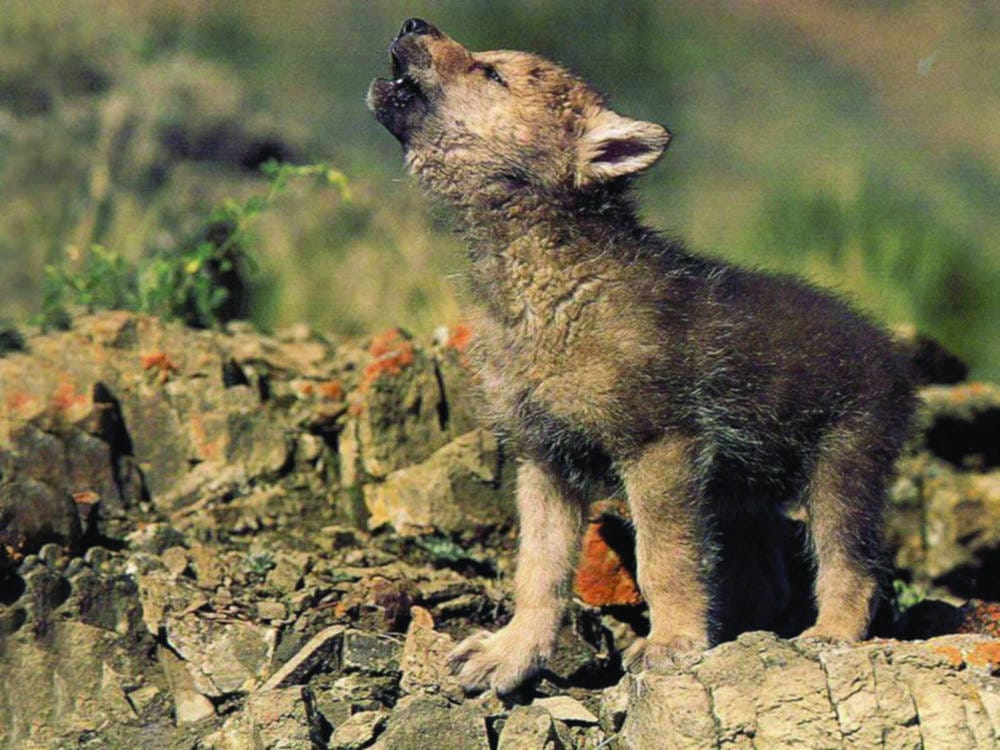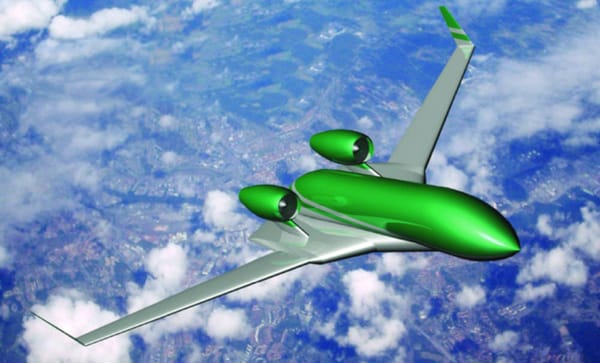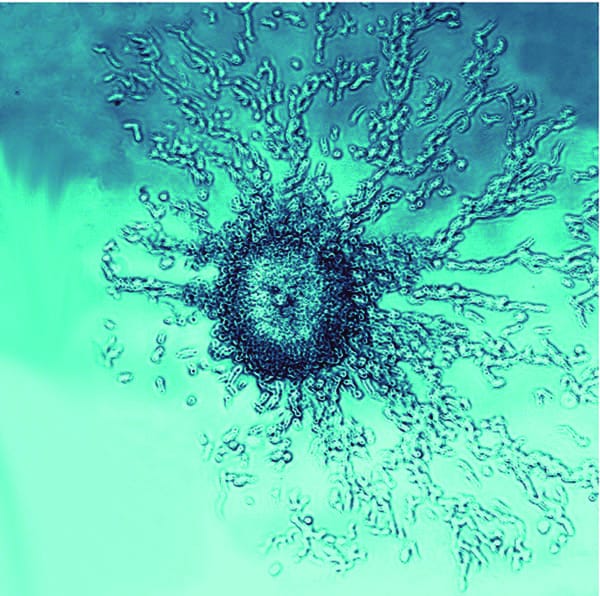From wild wolves to top dogs
Discovering how dogs were domesticated

Although dogs are surely the first animals to be domesticated, the history and location of wolf-to-dog evolution has been controversial. Yet recent genetic evidence points to the Middle East. Most farmyard animals and the house cat were domesticated in the Middle Eastern area known as the Fertile Crescent, as a result of that area being witness to the first sedentary, agricultural human settlements.
It has been thought that wolf domestication was an exception, considering that they are highly mobile predators who scavenged kills left by game-hunting nomads since the Palaeolithic. The hypothesis was that wolves became accustomed to human contact and that gradually a domesticated dog evolved.
A recent study, however, compared archaeological with genetic data, indicating that the emergence of small canids did occur in the Middle East with the wolf-dog barrier crossed at the time of first human settlement. The authors identified a genetic variant in dog chromosome 15, found in all small dogs but absent in larger and wild dogs. This small-dog haplotype was found to be most closely related to the one in Middle Eastern wolves which indeed suggests this was the area of domestication.
The earliest archaeological dog remains were also found in the Fertile Crescent, which has led to a general speculation that domestication occurred between 13,000 and 17,000 years ago. This correlates with a social shift in the local human population, the Natufians, from being Palaeolithic nomadic hunter-gatherers to developing relatively settled agro-economies in the Neolithic, suggesting human settlement played a major role in dog evolution.
Domestication is the product of both biological and cultural processes. The initial contact between humans and wolves was likely initiated by the scavenging wolves, although there must have been a tolerance of wolves among humans, followed by the settled human civilisation keeping proto-dogs who would scavenge the local rubbish dumps. In addition, it is known that modern tundra wolves do not interbreed with their boreal cousins although they overlap geographically. It is thought that their differing lifestyles promote this reproductive isolation, which is perhaps precisely what happened when proto-dogs and wolves diverged.
These small garbage-scavenging wolves may even have been protected by humans for their beneficial service by barking at the approach of larger wild wolves, alerting the villagers of potential dangers. These behavioural divergences may have further divided the two populations genetically. And why did domestication favour shrinking in size? Smaller body-size has the advantage of reducing energy demands, and probably enabled individuals to ‘fit in’ better with their human companions.
Subsequently, humans encouraged match-making of the small dogs, preserving their cuddliness, and later on exploiting their pint-sized functionality, such as for ratting or entering burrows. Also, the ‘shrinking’ evolutionary process would be maladaptive in the wild considering the disadvantage it poses against the larger wild counterparts, and was thus probably selected under human influence. Early human communities must thus have been stable over many generations to enable this development of small dogs.
Lastly, wealth can be material, social or knowledge-based, but material wealth is the most transmissible form, hence a promoter of social inequality. The archaeological presence of domesticates can be an important indicator of when inequality of societal wealth began, especially considering that dog ownership was perhaps the first ‘living capital’. Humans would exploit their predatory abilities and territorial proclivities to increase their hunting success, but dogs also probably became a status symbol as well as being useful. The tamed dog could have perhaps been at the forefront of the innovations that gave rise to community structure and gradually the spread of urban life.








